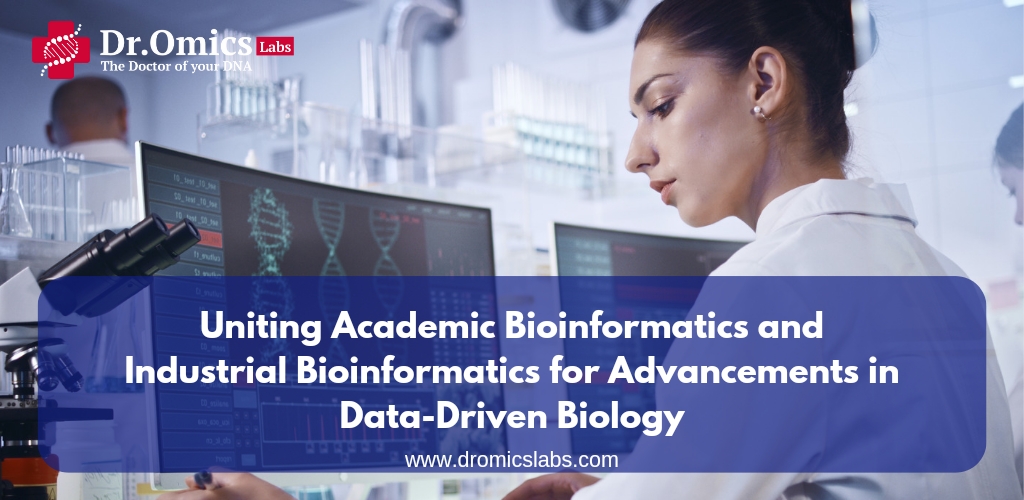In the ever-evolving landscape of biological research, the integration of multiple data streams has become increasingly crucial. Enter multi-omics, a powerful approach that combines various “omes” to unravel the intricate molecular mechanisms governing life. Let’s delve into this fascinating field and explore its significance.
What is Multi-Omics?
Multi-omics is a fusion of two words: “multi” (indicating more than one or two) and “omics” (referring to various biological components). In essence, it involves the simultaneous study of different molecular layers within an organism. These layers include:
- Genomics: The study of an organism’s complete set of genes (its genome).
- Proteomics: The investigation of all proteins expressed by an organism.
- Transcriptomics: The analysis of RNA molecules (transcripts) produced from genes.
- Epigenomics: The study of chemical modifications to DNA that regulate gene expression.
- Metabolomics: The exploration of small molecules (metabolites) involved in cellular processes.
- Microbiome: The examination of microbial communities residing within an organism.
By integrating data from these diverse “omes,” researchers gain a holistic understanding of biological processes. Multi-omics provides insights into how genes, proteins, metabolites, and microbial interactions orchestrate health, disease, and environmental responses.
Why Multi-Omics Matters
- Comprehensive Insights: Traditional single-omics approaches offer valuable information, but they often provide an incomplete picture. Multi-omics bridges these gaps by revealing intricate connections between molecular layers.
- Systems-Level Understanding: Life is a complex interplay of interconnected networks. Multi-omics allows us to decipher these networks, uncovering hidden relationships and regulatory pathways.
- Precision Medicine: By analyzing an individual’s multi-omics data, personalized treatment strategies can be devised. This tailored approach considers genetic variations, protein profiles, and metabolic signatures.
- Biomedical Discoveries: Multi-omics has led to breakthroughs in cancer research, drug development, and disease biomarker identification. It enables us to identify novel therapeutic targets and predict treatment responses.
Challenges and Future Directions
While multi-omics holds immense promise, challenges remain. Integrating diverse data types requires robust computational tools, standardized protocols, and interdisciplinary collaboration. Additionally, ethical considerations and data privacy must be addressed.
Looking ahead, advancements in single-cell technologies, spatial omics, and artificial intelligence will enhance our multi-omics capabilities. As we unravel the intricacies of life, multi-omics continues to be a beacon guiding us toward personalized medicine and scientific breakthroughs.
In summary, multi-omics is not merely a buzzword; it’s a transformative paradigm that empowers us to explore life’s mysteries at unprecedented depths.
Sources:
(1) Introduction to Multi-Omics | Analytics Steps. https://www.analyticssteps.com/blogs/introduction-multi-omics
(2) An overview of -omics technologies in multi-omics. https://frontlinegenomics.com/an-overview-of-omics-technologies-in-multi-omics/.
(3) Frontiers | State of the Field in Multi-Omics Research: From Computational Needs to Data Mining and Sharing. https://www.frontiersin.org/articles/10.3389/fgene.2020.610798/full




